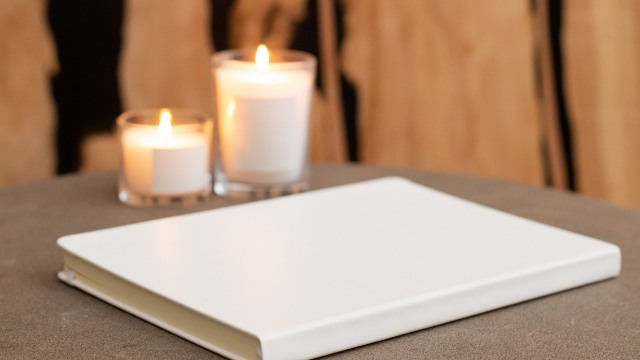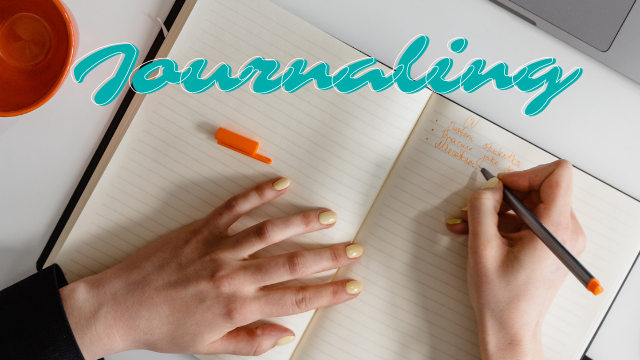How to Use Journaling for Meditation

Do you love journaling? Want to learn meditation? If so – you’re in luck, because there are some ways to combine them! Take a look at how you can use your journal to improve your meditation practice.
Create a Meditation Schedule with the Journal
Using a journal is a tool you can use for many different healthy lifestyle changes or habits you are trying to create for wellness, including meditation. To start with, you can use the journal to help create a meditation schedule. Perhaps you are just starting meditating and don’t have the motivation or routine down yet.
When turning anything into a habit it really helps to create a schedule. You can do this in your journal. You will see it every day when writing in your journal. You are not only encouraged to meditate but it also encourages you to use your journal more often. Both of these are wonderful for your mind and mental health.
Journal Before or After Meditating
After you have started using the journal to schedule your meditation sessions and track them in the journal, you can then use it to actually journal before or after meditation. This is a great way to inspire you to write in the journal more often, which has its own set of benefits for you.
Turn this into a daily pattern, where you write in your journal either before meditating to get into the right head space, or after meditating when your mind is clear and you have that clarity that you don’t want to forget. The choice is yours. Record everything about the meditation session, from what you experienced to your challenges. As you do this you will start noticing trends and even see your growth with meditation (not to mention your journaling).
Try Mindfulness with Meditation and Journaling
The last way to use journaling with meditation is to also add in a simple mindful practice at the same time. Many people will combine meditation and mindfulness, and journaling and mindfulness, so why not combine all three? The way you do this is up to you, but one good method is to first schedule meditation sessions in your journal. After you meditate on a specific day, get out your journal and write down some mindful thoughts and experiences. Doing this after meditating allows you to fully take advantage of your clear mind when you have a lot more clarity.
Benefits of Meditation
The benefits of meditation have been known to humans ever since it was first practiced several millennia ago. Some of these will be discussed in detail below and will outline the mental as well as the health benefits of this practice.
Reduces stress
– since meditation helps calm the mind and relax the individual, it helps a lot in reducing stress. This is usually achieved through the breathing exercises that form a part of the practice.
Stress reduction is one of the main reasons why people take up meditation.
Various health benefits
– there are already documented cases wherein meditation was shown to have helped in curing an illness. A landmark study is the one done in 1976 by Australian psychiatrist Ainslie Meares which was published in the Medical Journal of Australia.
The study documented how a patient’s cancer regressed after sessions of intensive meditation. Meditation is also known to lower blood pressure levels, which is beneficial to patients who are at risk of hypertension and other heart-related conditions.
Improves concentration
– one practice in meditation involves focusing on a particular object such as a candlelight, or reciting a mantra. Doing activities like these have been shown to improve a person’s concentration.
Acceptance of events
– another aspect of meditation is the ability to take things as they are. This helps a lot in reducing a person’s frustrations over things that he/she cannot control.
People who will surely benefit from this include those who are undergoing anger management.

